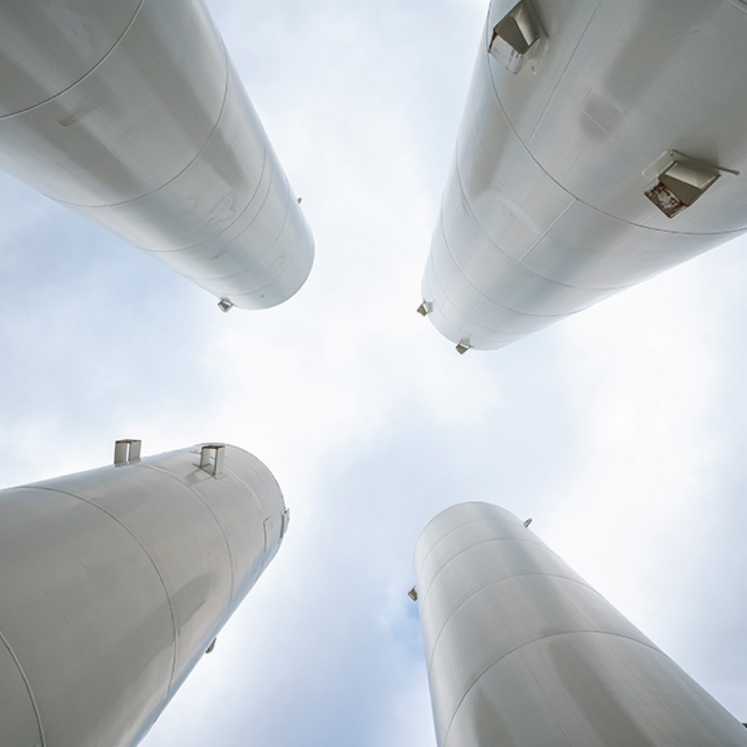
Liquid gases, also known as liquefied gases, are substances that exist as gases under normal temperature and pressure conditions. They can be transformed into a liquid state through special methods such as cooling or compression.
The liquefaction process is achieved by cooling the gas below its critical temperature and applying sufficient pressure. The critical temperature refers to the highest temperature at which the gas can be liquefied. During this stage, the molecular motion of the gas slows down, and the gas molecules come closer together. As the cooling process continues, the volume of the gas decreases, and its density increases, eventually resulting in the formation of a liquid.
Liquid gases are stored and transported at low temperatures and high pressures. Special equipment and insulated containers are required for the storage and handling of these gases.
For a detailed examination, please refer to the product content provided below.